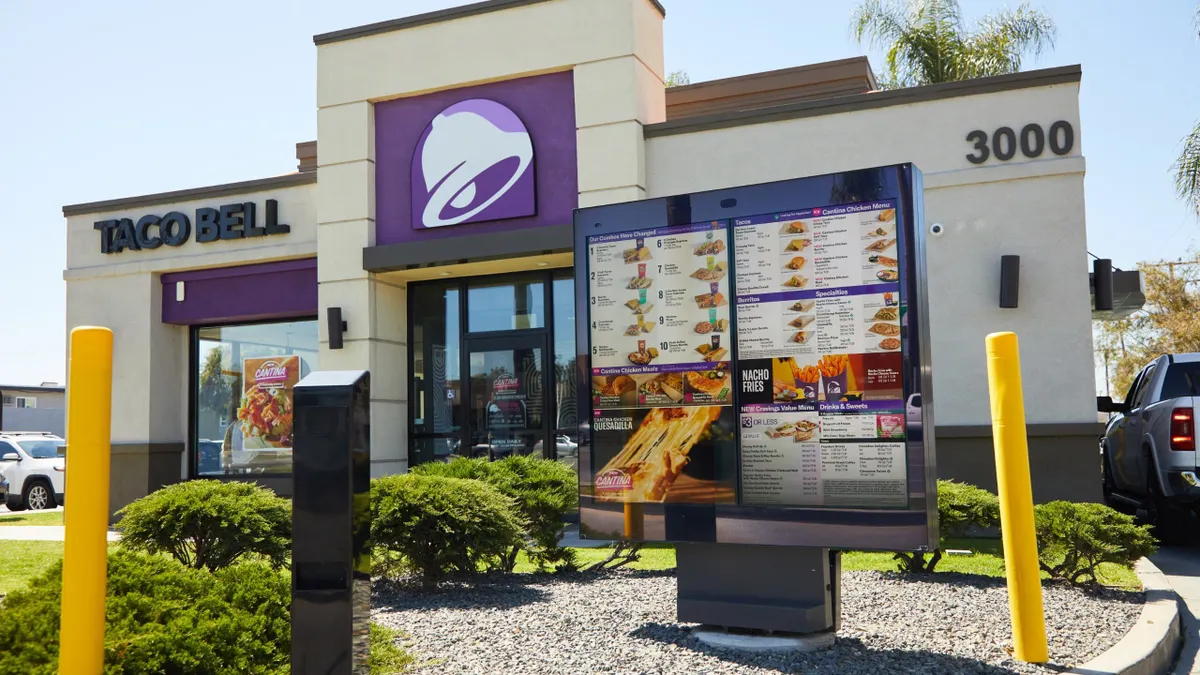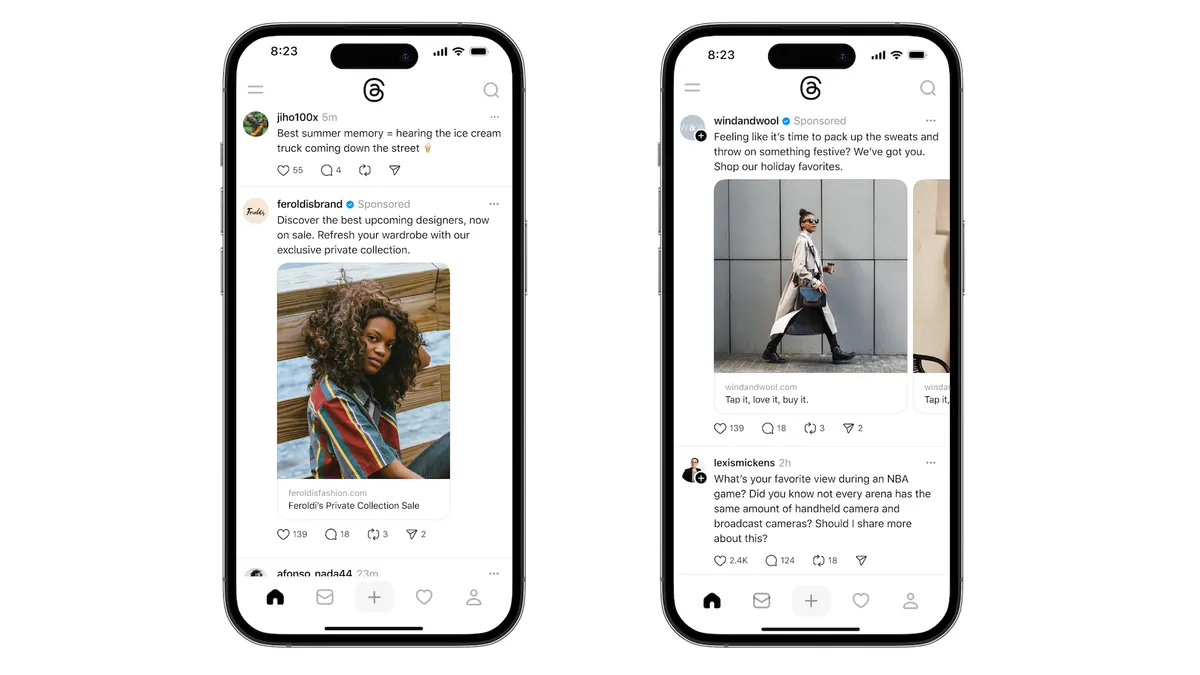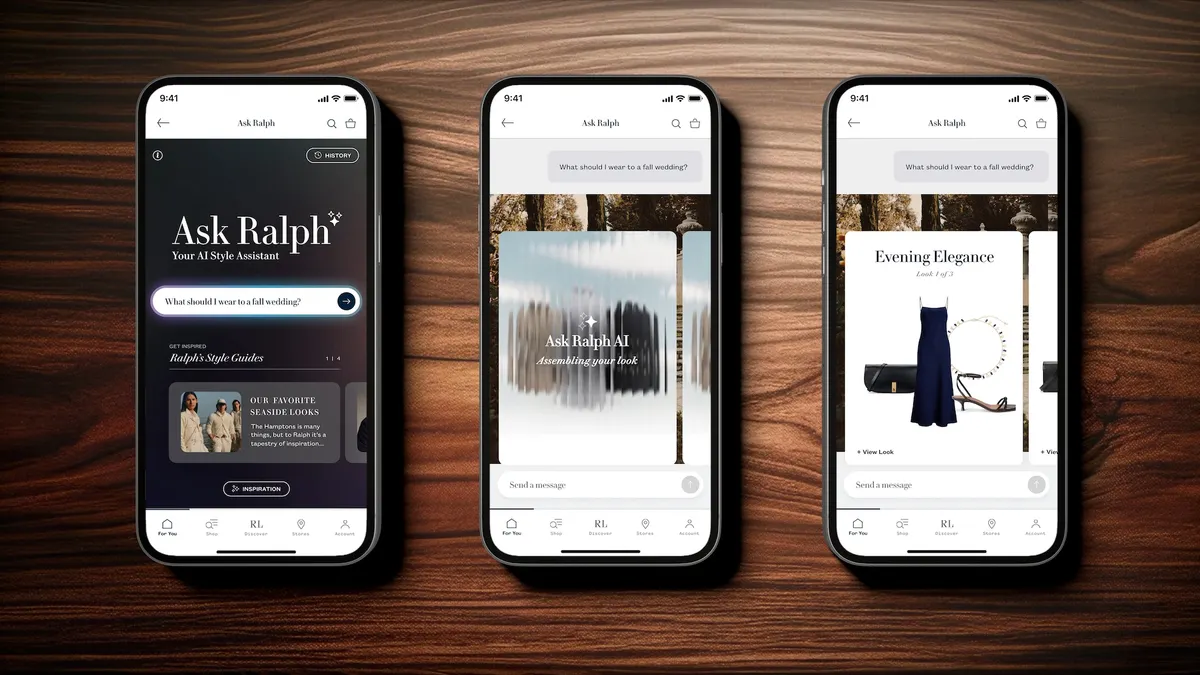Editor's note: The following is a guest post from Juliana Smith Holterhaus, principal research strategist at research software platform Qualtrics.
Consider your day. All of these experiences — our interactions with people, brands, products and services — impact our lives in countless ways. For today’s constantly connected consumer, an engaged and meaningful experience is not only coveted, it's expected.
A meaningful experience, one that's relevant and emotionally salient, creates higher-value, longer-term customers and generates more referrals. It’s human nature to come back for more when we feel engaged and are treated with respect as a human being, rather than a data point.
Too many corporations, brands and employers fall short of providing a top-notch experience for their target audience. When organizations don’t prioritize experience management, they end up being reactive. They're forced to put out fires rather than have conversations and capture insights that help them build the next big thing.
Moments of truth are increasingly digital
In 2017, an increasing majority of experiences are digital. Screens are woven into the fabric of our daily lives. Pew Research Center found that 77% of adults in the U.S. own at least one smartphone. Consumers all over the country now document and share the moments that matter most on a portable screen.
Eighty-two percent of consumers turn to mobile to help make a product decision, according to research by Google and Ipsos, and in 2016, global mobile and tablet internet usage surpassed desktop for the first time, per a StatCounter study. There’s no question that the experiences that will determine the next steps of your customers’ or employees’ journey are taking place in a digital environment, be it through your mobile site, app or social media.
These moments of truth shape the path to purchase for individuals and ultimately influence our global economy. Nielsen research found that 72% of shoppers who own smartphones research an item online before buying, 70% check the price of an item and 60% use a locator tool to find a store where they can buy their desired product. Human feedback — from rating an Uber driver or sharing a photo on Instagram to reviewing a book on Amazon — refers to a unique experience. These moments are captured and consumed at scale, creating an empowered voice of the consumer.
Think of REI’s #optoutside campaign. Instead of joining the masses for Black Friday shopping, REI closes its doors and encourages employees and customers alike to take the day off and enjoy the outdoors. This message not only aligns with REI’s brand, it focuses on what matters most to many people: family, relationships, health and nature. REI tells us that time outside makes us happier and healthier, even if we have no intention of climbing a mountain. In our digitally enmeshed world, a hashtag can go a long way, and this kind of idea spreads like wildfire on social media and impacts important metrics like earned media and loyalty. For REI, the strategy translated to a 26% rise in online visits the day its brick-and-mortar stores were closed. All of these contribute to the bottom line in a meaningful way.
From mobile computing and gaming, location-based ad campaigns and on-the-go entertainment options to the internet of things and digital retail channels, market trends point to one of two possible outcomes: Dominate the digital experience or step aside for those who will.
Experiences demand digital insights
Consider the key insight by A.G. Lafley, former CEO and executive chairman of Proctor & Gamble: “The best brands win two crucial moments of truth. The first moment occurs at the store shelf when a consumer decides whether to buy one brand over another. The second moment occurs at home when he or she uses the brand and is delighted... or isn’t.”
Ever since Apple released the iPhone, this first moment of truth has expanded. It happens quickly — anytime, anywhere. Thanks to the democratization of technology, that first “shelf moment” can happen on a smartphone on a commuter train, on a tablet while watching TV or at the breakfast table while making weekend plans. It certainly still happens while standing in the grocery store aisle, but instead of staring at a shelf, you’re often staring at your screen.
Digital-first experiences
Warby Parker has dramatically changed the eyeglass industry. The company sells glasses for under $100 through a mostly online business model to avoid the markups that come with brick-and-mortar stores. Warby Parker’s estimated revenue grew nearly 3x from $35 million to $100 million between 2013 and 2015. For most of that growth period, customers could only discover this tangible, wearable product from a computer screen or smartphone.
With its expansion, the eyeglass innovator opened brick-and-mortar showrooms across the country to build the brand. Today, the in-store experience is becoming increasingly important for Warby Parker, but the experience still frequently begins on its digital properties and seamless iPad-enabled checkout and delivery. Warby Parker, for example, understands that more than 65% of consumers research products online before ever visiting a store, so it's enlisted new ways to optimize its digital presence and provide a seamless purchasing experience. Technology is used in this way to remove some friction of traditional in-store transactions and boost convenience for customers, which helps to create a loyal fan base.
Digital peril, digital promise
Digital is here to stay. Capturing data and conducting research is essential if you want to understand your stakeholders and helping your company's bottom line. If you’re not able to reach your relevant audience through mobile search or display, or if you’re not providing an exemplary digital experience, today’s constantly connected consumer will leave and go straight to the competition. In fact, according to Google, 61% of users are unlikely to return to a mobile site they had trouble accessing, and 40% decide to visit a competitor’s site instead.
The retail industry provides a slew of examples on the importance and potential of optimizing the digital experience. According to the U.S. Department of Commerce, e-commerce sales in the U.S. totaled over $97 billion during Q4 2016, representing a 14% year-over-year growth. This data may seem ominous for brick-and-mortar stores; however, the thriving e-commerce market actually presents a very real opportunity to drive traffic to physical retail stores. In-the-moment research, loyalty programs and location-specific discounts can help traditional retailers drive digital value.
Filling the gap with human feedback
While there are seemingly endless streams of what, when, and where data that surround consumer decision making, we're often left wondering about the “why” behind shopping cart abandonment rates or the “how” to go about fixing unexpected drop-off when searching for an online discount code. This is where human feedback makes all the difference for companies that prioritize digital experiences.
Companies have to master four core experiences: product, customer, employee and brand. Digital experiences are increasingly critical to each. We must move beyond traditional surveys and combine human feedback data with operational data to make a difference. Consider these actions to enable a successful online experience strategy:
- Think digital first. The world of technology will continue to evolve, and digital voices of customers and prospects will only become louder and more pervasive with it. Think of the digital experience as the primary case, the integral first touch point that will ultimately make or break a product or brand.
- Prioritize the human on the other side of the exchange. If your audience is on mobile, your surveys, chats and online ratings need to be too. Align your feedback channel with the actual customer experience. Mobile-first, app-only businesses serve as inspiration here. Companies that are mastering mobile like Uber and Spotify provide a quick, seamless and intuitive user experience. For more and more of us, this mindset is critical for business because this is where our relevant audience is ready and willing to engage.
- Integrate feedback in a meaningful way and give people a reason to want you to succeed. Take action by creating value beyond what you sell and your brand will endure the inevitable ebb and flow of the marketplace. Your customers, employees and prospects will engage with your brand and stay loyal beyond any social media campaign. Approaches that incorporate the genuine customer, product, brand and employee experience, like REI’s #optoutside, turn digital feedback into a valuable asset.
These approaches will allow you to get as close as possible to those “moments of truth” when and where the customer is making a decision. When scaled out across the masses, these moments of truth will improve your bottom line. Digital experience leaders will continue to capture mind and market share. Those who master the key nerve endings of digital today — those who optimize and engage at the first moment of truth and continue to gather feedback in a conversational way — will dominate experience management tomorrow.





















